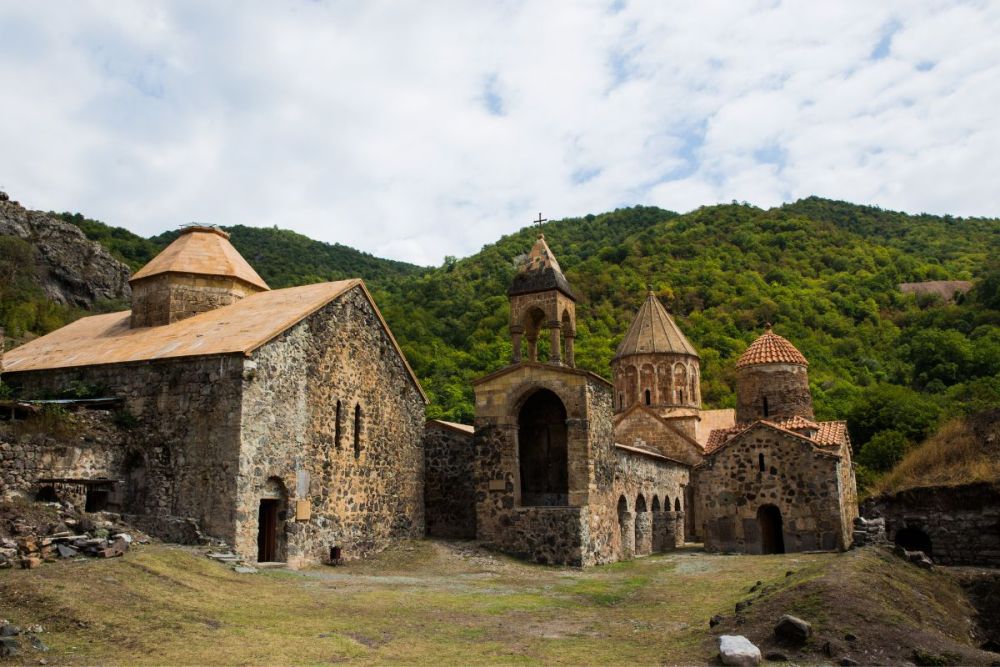

The Agsu Monastery Ruins, situated in the stunning landscape of Goygol, Azerbaijan, has a deep historical significance that spans back to the times when Christianity was spreading across the Caucasus region. While the exact date of the monastery's construction is shrouded in mystery, it is believed to have been built during the 7th century. The monastery bears the marks of various historical periods, with architectural features that suggest continuous developments up to the 18th century.
Tourism to the Agsu Monastery Ruins began to gain traction in the late 20th century when Azerbaijan opened up to the world following the decline of the Soviet regime. Historical and cultural enthusiasts started to explore the wealth of heritage sites throughout the country, with the Agsu Monastery being one of the noteworthy destinations. This hidden gem, nestled amidst the captivating natural beauty of Goygol, has become a focal point for those wishing to delve into the early Christian heritage of Azerbaijan.
Today, the ruins of the Agsu Monastery stand as a monument to Azerbaijan's rich history. They are a testament to the blend of religious influences and architectural styles that characterise the region. The emergence of ecotourism and sustainable travel has increased the importance of sites like the Agsu Monastery, which not only offer cultural enlightenment but also an opportunity to appreciate and preserve the natural environment.
The Azerbaijani government has recognised the potential of such historical sites and is actively working to promote them as part of cultural tourism initiatives. Efforts to preserve the ruins and improve visitor facilities are underway to ensure that the legacy of the Agsu Monastery continues to be accessible for future generations of travelers.
Eco-friendly Tourism: In recent times, there's been a surge in the popularity of eco-friendly and sustainable tourism in areas such as Goygol. Tourists are increasingly seeking experiences that are not only enriching but also responsible toward the environment and local communities.
Adventure and Nature Tourism: Goygol's mesmerising natural landscapes have positioned it as an ideal destination for adventure and nature tourism. Activities such as hiking, bird watching, and exploring the diverse flora and fauna, in addition to visits to historical sites like the Agsu Monastery, have attracted a new wave of travelers.
Cultural Heritage Excursions: There is a growing interest in immersive cultural experiences that allow visitors to understand the history and traditions of the regions they visit. The Agsu Monastery Ruins offer a unique look into Azerbaijan's past and are often included as part of cultural heritage tours.
Digital Nomadism: With the rise of remote working arrangements, Goygol and the Agsu Monastery Ruins have become appealing to digital nomads seeking inspiring backdrops and cultural richness while they work.
The future of tourism at Agsu Monastery Ruins holds promise, with continual developments aimed at fostering a sustainable and enriching visitor experience that supports the conservation of this significant historic site.